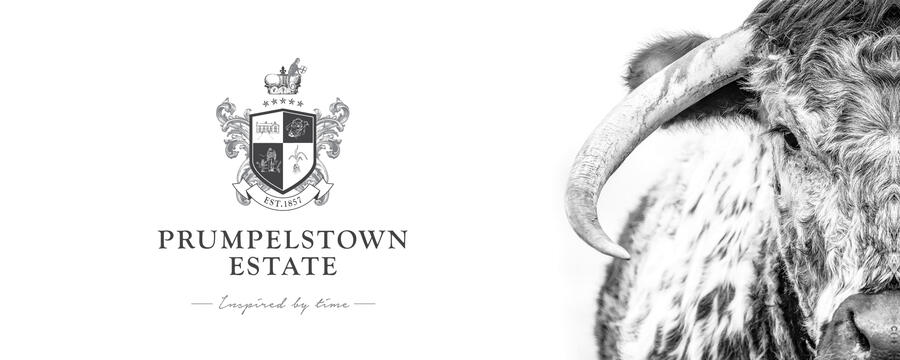
sustainable & regenerative
Prumpelstown Estate
By working collaboratively with nature, regenerative agriculture focuses on regenerating the land through making a conscious, positive impact on our environment. These nutrient-rich beef steaks & chops are sourced exclusively from Prumpelstown Estate, which has been highly influential in reviving England's oldest breed, the Longhorn, increasing the herd size by circa 30% in 2022.
cattle & carbon
- Plants capture CO2 through photosynthesis. Multi-species swards offer increased diversity for optimum CO2 capture.
- Deep-rooted plants help aerate soils and support increased carbon exchange within in the soil, locking gases deep in the ground.
- Carbon provides energy for soil microbes to build new, healthy soil. Healthy, rich soil prevents erosion, stores carbon and boosts biodiversity.
- Cattle eat plants that contain carbon and produce natural fertiliser. They then tread the organic matter and key nutrients into the soil, helping to build healthy new soils and promote deeper, stronger plant root growth. This in turn, leads to increased water retention and improved water cycles.
- Increased soil health contributes to increased below ground diversity (invertebrates & microbes). Mammals and birds feed on soil microbes and invertebrates promoting above ground species diversity.

healthy soil, healthy plants, healthy livestock
nutrient dense beef
Grazing on tasty and nutritious Multi-Species Swards that provide a diverse mix of grasses, legumes, and other plants, the cattle are fed a rich salad bowl of herbaceous goodness every day. By 'migrating' pastures regularly, the herd benefits from constant access to fresh, nutritious forage, allowing for optimal nutrient ingestion from the sward, while also promoting healthy preservation of the grasses for the next planned rotation.
Livestock reared on a diverse array of swards, in a regenerative environment have a far higher concentration of health-promoting phytonutrients in the meat when compared with animals reared under general practice. Production methods, livestock health and the crucial soils that we produce our beef from are key to delivering a nutrient dense product.
Additionally, the succulent herb-rich pastures are particularly palatable for cattle, leading to an increased total feed intake. As a result, the animals become increasingly efficient, leaving a decreased carbon footprint.

